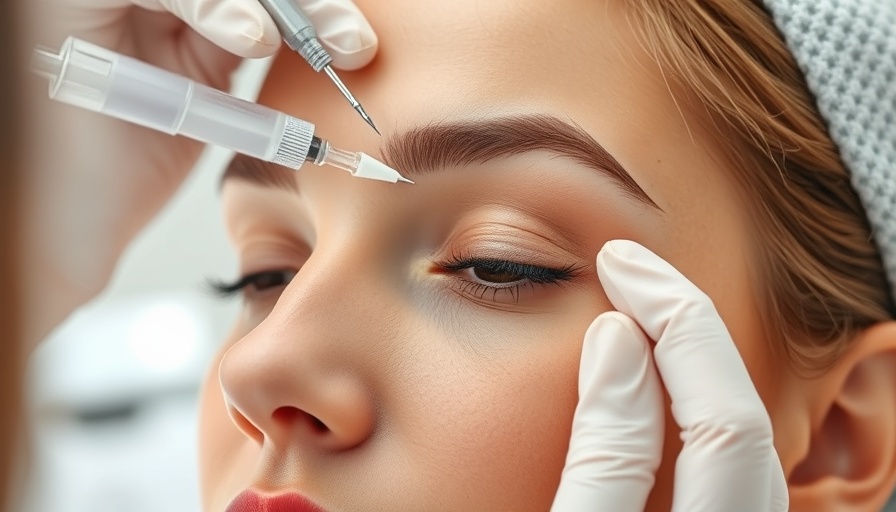
The Rising Trend of Baby Botox
In recent years, young adults in their 20s and 30s have adopted the practice of receiving microdoses of Botox, commonly referred to as baby Botox, as a proactive approach to skincare. This trend aims to prevent the formation of permanent wrinkles by relaxing facial muscles before expression lines set in. As aesthetic standards evolve, many see this as an early intervention tool to maintain youthful appearances and stave off the signs of aging.
Expert Opinions: Preventive Measure or Excess?
While advocates highlight the benefits of baby Botox treatments, significant debate exists among aesthetic professionals regarding the appropriateness and timing of such procedures. Some healthcare providers argue that waiting until visible wrinkles are present might be more sensible. They caution that starting treatments at a young age may lead to dependency and a necessity for ongoing maintenance, which can be both financially and physically taxing over time.
The Costs and Commitments of Early Treatments
Delving into the financial aspects, receiving baby Botox regularly can add up quickly for young adults. Initial sessions might seem affordable, but as most dermatologists recommend follow-up treatments every three to four months, the long-term costs can become significant. As a medical spa owner, it's crucial to guide clients through the potential long-term implications of these treatments while ensuring they make informed decisions.
Cultural Influences and Perceptions
The societal pressures depicted in media play a significant role in shaping young adults' perceptions of beauty and aging. With an increasing number of celebrities and influencers sharing their experiences with cosmetic enhancements, this trend is being normalized. Medical spa owners should recognize and adapt to these cultural shifts while maintaining ethical responsibilities to ensure patients understand the benefits and risks of preventive treatments.
Maintaining Balance: The Key to Patient Satisfaction
As the trend of baby Botox grows, medical spa owners should focus on delivering a balanced approach that prioritizes patient education as well as care. Conducting thorough consultations can help establish realistic expectations, ensuring that young clients understand both the aesthetic and physiological aspects of microdosing Botox. This ethical framework not only fosters trust but also enhances client satisfaction, encouraging repeat visits.
Ultimately, the decision to start baby Botox treatments requires careful consideration. Educating young clients about the long-term commitment involved in early aesthetic interventions is paramount. Many will benefit from expert guidance to ascertain whether preventive measures align with their personal beauty goals.
For medical spa owners looking to pivot towards preventive aesthetics, understanding these dynamics opens opportunities to provide informed services that cater to a growing market.
 Add Row
Add Row  Add
Add 




Write A Comment